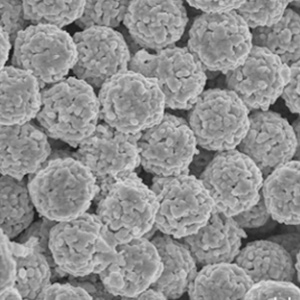Chromatographers alls know the important role of the selection of stationary phase.Different types of chromatograms use different stationary phases.Normal phase chromatography uses polar stationary phases (such as polyethylene glycol, amino and nitrile bonded phases), reversed phase chromatography generally uses non-polar stationary phases (such as C18, C8), and ion exchange chromatography uses various stationary phases. Kinds of ion exchangers, etc.
In the early days, the most widely used filler was the 10-15μm stationary phase. Today, the HPLC stationary phase has evolved from irregular particles to spherical particles.The following is the development history of HPLC stationary:
In the 1960s, thin-shell packing improved separation efficiency;
In the 1970s, stable chemically bonded stationary phase, high speed, high efficiency and larger sample capacity, expanded the application range;
In the 1980s, biochromatographic packing;
In the 1990s, high-throughput and chiral chromatographic columns, special chromatographic columns for the environment, chemistry, and biomedicine.

Approximately 75% of HPLC stationary phase matrix applications are silica gel, and polymers account for about 20%.UHPLC have many liquid chromatography columns that use silica gel matrix, such as USHB C18, USHB Sil, USHA Sil, etc.Among them, USHA C18-G is a new generation of ods column with organic silica gel mixed matrix newly developed by Hengpusheng. It has excellent separation selectivity unique to silica gel C18, excellent acid and alkali resistance, low pressure, durability, and good peak shape display. And reproducibility, etc., can play an effective effect on various compounds.Under strong acid, strong alkali or high temperature environment, the service life of C18 chromatographic column is several times more than that of ordinary C18 chromatographic column. It is the first choice for all kinds of insulin substances. It is widely used to analyze various polar and hydrophobic substances.

HPLC chromatography column has many advantages, so it has broad application prospects in the field of biotechnology, covering professional fields such as genomics, proteomics, metabolomics and pharmacogenomics. In short, no matter what type of stationary phase is still being constantly explored and perfected, looking for various polymer materials as a new type of chromatographic stationary phase has a bright future from the perspective of development trends.
Post time: Jul-03-2021






